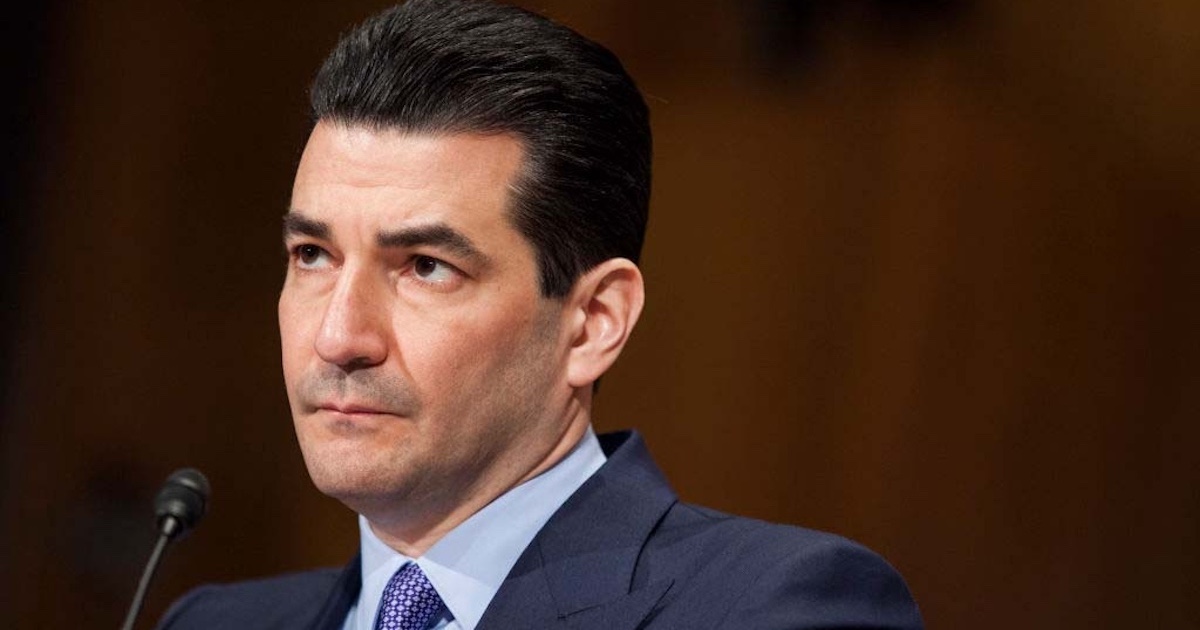Healthcare providers need to shift their emphasis to population health to adapt to the new value-based care landscape – and for that, they're going to need to spend money.
That's the upshot of Premier's fall 2015 Economic Outlook survey, which finds that almost 65 percent of healthcare C-suite respondents plan to increase capital spending in the coming year – and almost 40 percent of that group will boost spending by more than 10 percent.
And in a nod to the strong role that mobility and mHealth technology will play in the future, 90 percent of those surveyed said they'll be expanding their post-acute care networks over the next three years.
"Investments in HIT, data analytics and modern clinical infrastructure are foundational for providers to seamlessly deliver population health services across their inpatient, outpatient and alternative care sites," Michael J. Alkire, chief operating officer for the national healthcare network, said in a press release. "Increasing capital budgets are a positive indicator that health systems are better equipped to invest in building and wiring care centers that can meet these new demands."
A lot of that new money is expected to go into programs that support mHealth, or those which mHealth technology could improve. According to the survey, when asked how they would invest in population health over the next three years, C-suite respondents said they'd focus on patient engagement in health and personal care (54.7 percent), chronic disease care management (53.8 percent), wellness programs (51.9 percent), creating physician and multi-specialty groups (49.1 percent), patient outreach and reminders (47.2 percent) and advanced population health data analytics (46.3 percent).
The driver for new investment, Premier reports, is the Affordable Care Act, which is compelling the industry to move away from fee-for-service care and develop a more cost-effective, value-based care approach that emphasizes population health management and makes use of bundled payments and shared savings. That requires new investment to update aging infrastructures, replace legacy systems and adopt new technology. Citing research by the Washington D.C.-based Urban Institute, the shift to alternative payment models requires an average start-up investment of $1.7 million, with maintenance and administrative costs of between $6 million and $14 million.
According to Premier, 72 percent of C-suite survey respondents said they're successfully managing that transition to value-based care.
Based in Charlotte, N.C., the Premier network comprises some 3,600 hospitals and 120,000 other care providers across the country.
See also:
Patient experience officers on the rise
EHR satisfaction jumps, thanks to mHealth, connectivity tools


